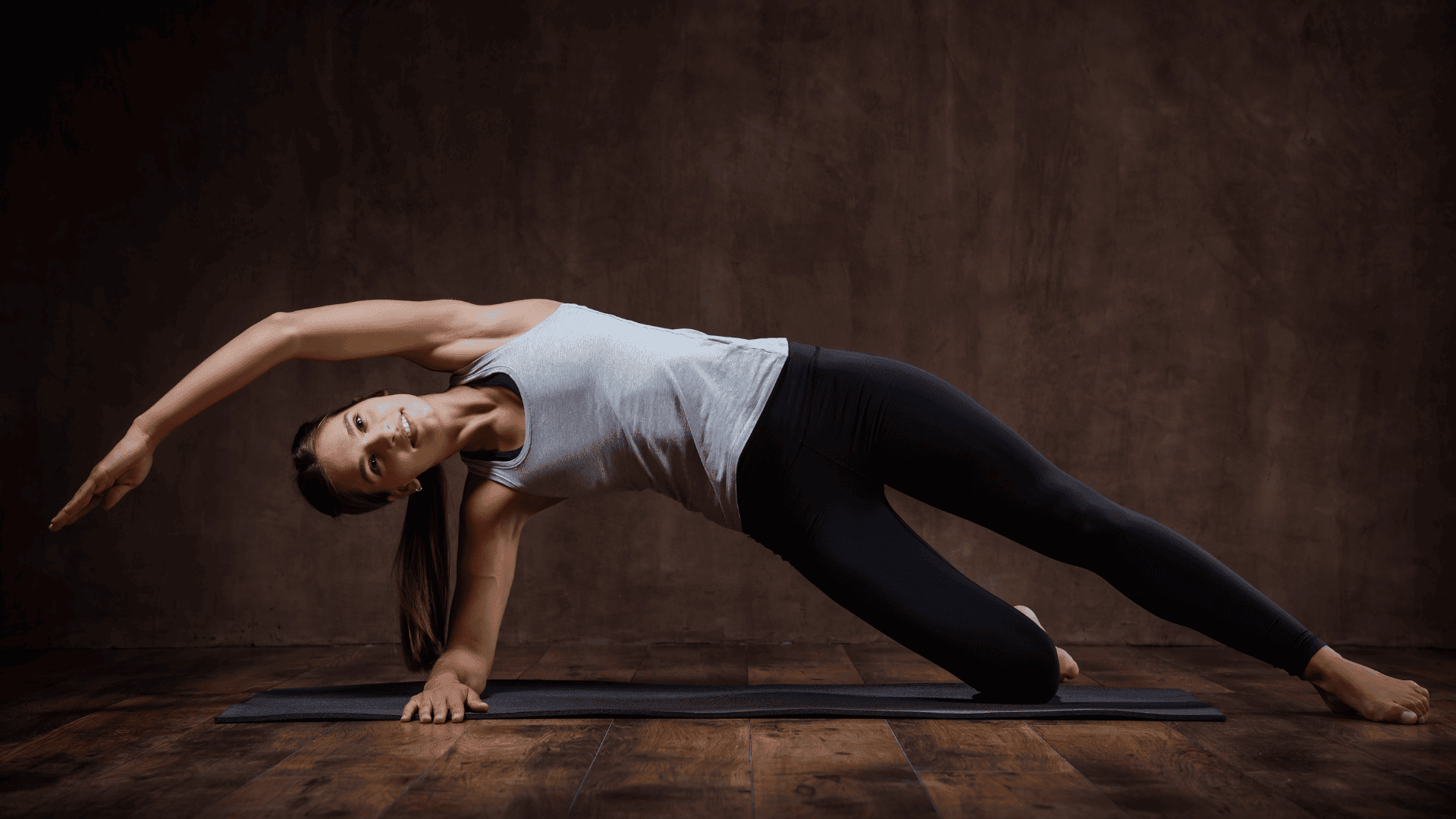Starting a new workout can feel a little overwhelming, right?
You want something that works, but you also want to enjoy it and fit it into your busy life. That’s where Pilates works great.
It’s gentle, low-impact, and focuses on strengthening your core and improving your flexibility, all without leaving you too tired.
Whether you’re brand new to fitness or coming back after a break, Pilates is a smart way to move your body with control and purpose. It’s not about jumping or running; it’s about breathing right, engaging the right muscles, and moving smoothly. That’s why so many women find it perfect for building strength without stress.
So, if you ever wonder if Pilates could be the workout you actually stick with? If you want something effective but easy to start, you’re in the right place.
In this guide, I’ll share simple tips, beginner-friendly moves, and motivation to help you begin your Pilates journey with confidence and fun.
What Is Pilates and Why Do People Love It?
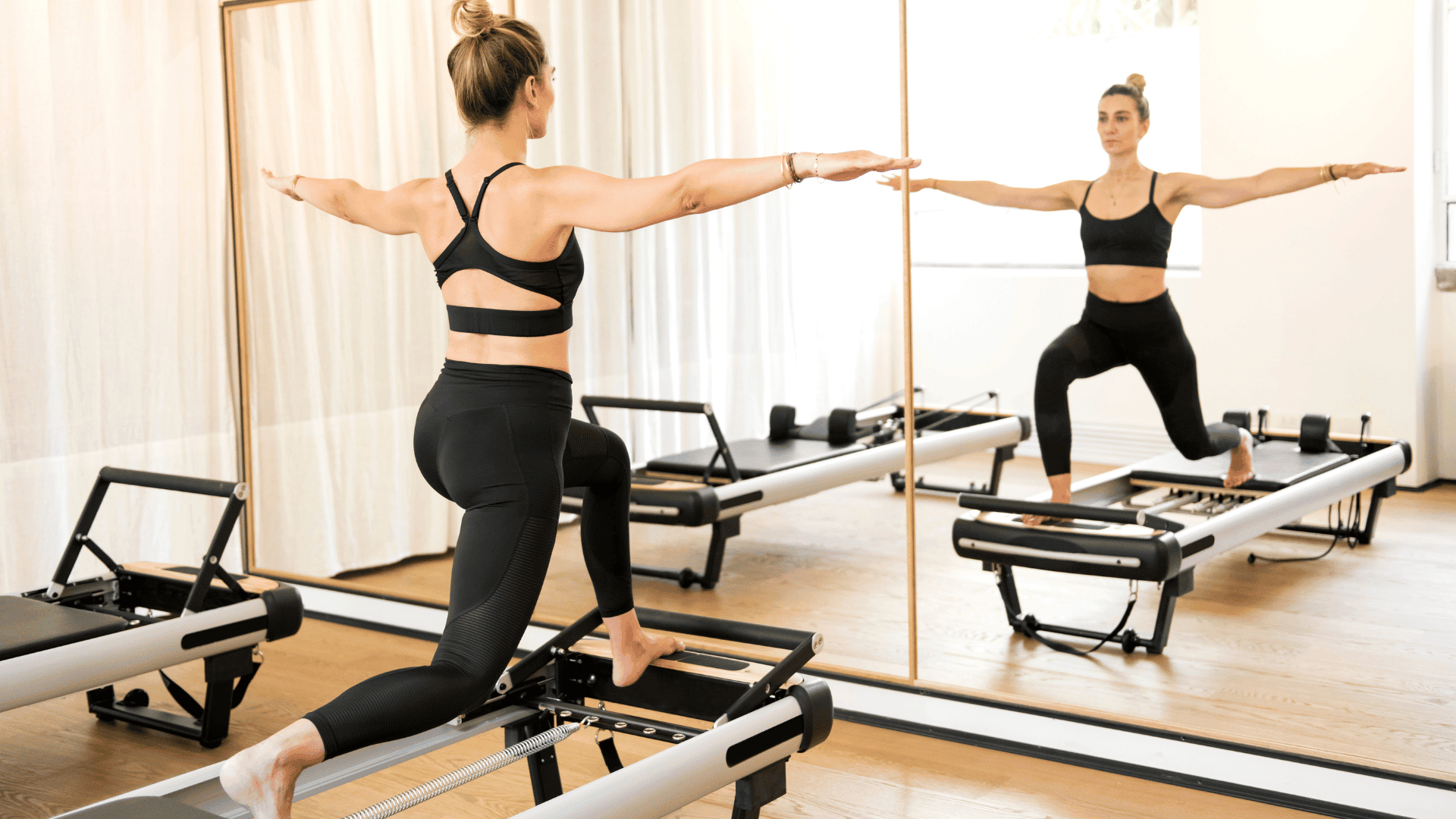
If you’re new to Pilates, you might wonder what makes it different from other workouts. Simply put, Pilates is a gentle, low-impact way to get stronger and more flexible without putting stress on your joints.
Pilates has been around for almost 100 years and it’s still one of the top choices for building strength and moving your body with more control.
The main focus in Pilates is your “powerhouse”—that’s just a simple way to say your core muscles, which are around your belly, lower back, and hips.
When you build a strong core, everyday things like bending, sitting, or even picking up groceries get a whole lot easier.
So, what makes Pilates different from yoga or the gym?

Yoga often focuses on long stretches and relaxation. The gym can be all about lifting heavy weights or pushing hard with cardio. But Pilates is all about slow, controlled moves and paying attention to your breathing. You don’t need to go fast or work until you drop.
Instead, Pilates helps you move smarter, not harder.
Breathing is also a big deal in Pilates. You’ll learn to breathe deeply and steadily, which helps your muscles work better and keeps you calm as you exercise. With practice, you’ll notice you’re not only stronger, but you’re also more aware of how your body moves.
So in the end, Pilates isn’t just a workout. It’s a smart, mindful way to build a stronger, more flexible, and more balanced body. (one that feels good every single day)
Why Pilates Is a Great Start for Newbies
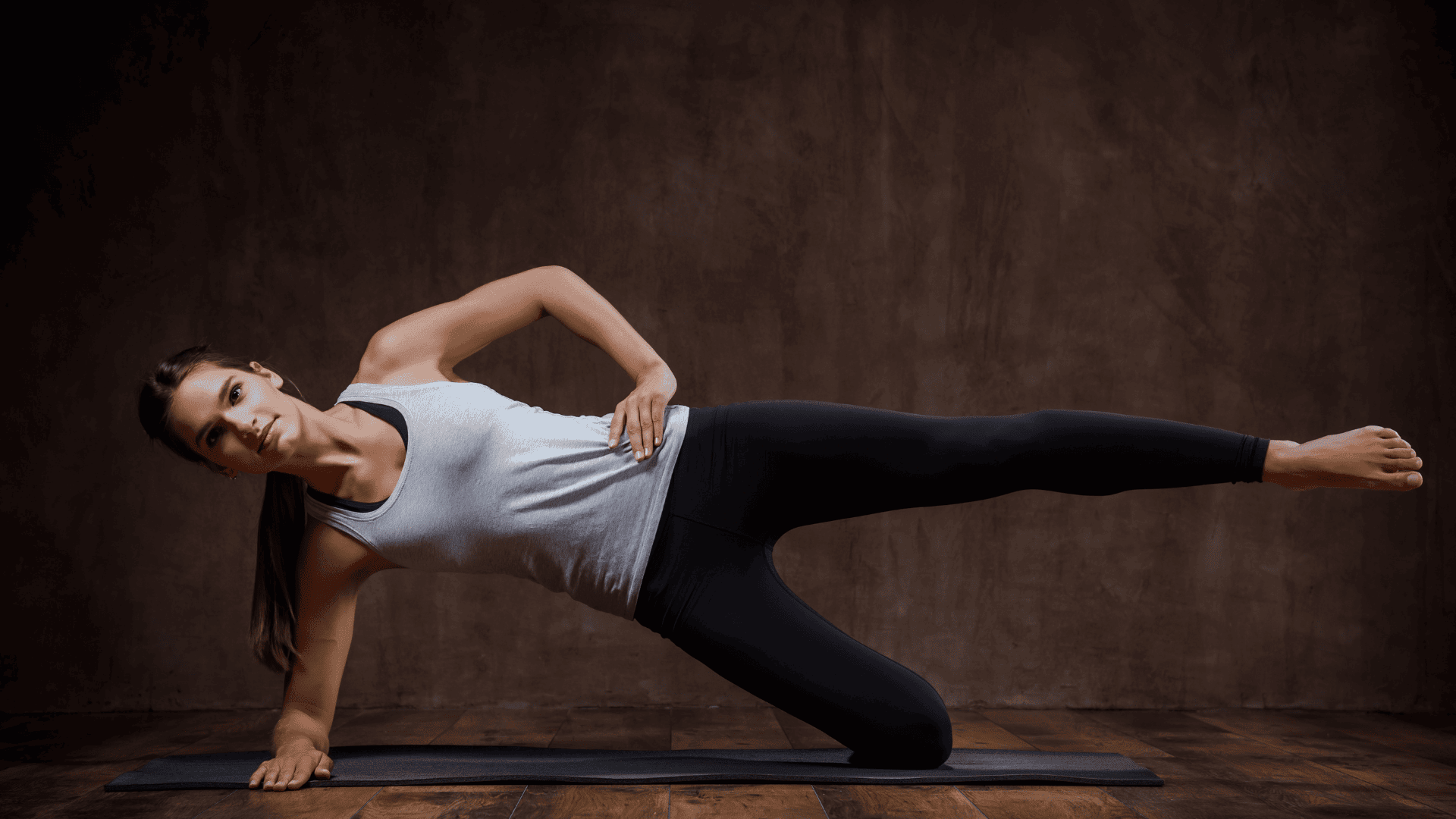
Starting a new workout can feel tricky, especially if you’re worried about injury, stiffness, or just not knowing where to begin. That’s why Pilates is such a smart choice for beginners. It offers a gentle way to build strength, improve flexibility, and fix your posture without jumping into anything too intense.
One of the biggest benefits of Pilates is that it’s low-impact. You won’t be pounding your joints or pushing your body too hard. Instead, Pilates uses slow, controlled movements that help you tone your muscles and protect your back and knees.
This makes it easier to stick with and less likely to cause soreness or pain.
Beyond the physical perks, Pilates also supports your mental well-being. The focus on breathing and control helps clear your mind and reduce stress.
Many people find Pilates to be a calming workout that boosts focus and leaves them feeling more centered.
So, whether you’re new to exercise or looking for a workout that’s kind to your body and mind, Pilates is a great place to start.
It builds a strong foundation that you can build on over time, making your fitness journey smoother and more enjoyable.
5 Easy Pilates Moves Every Beginner Should Try
Once you’re ready to start moving, these beginner Pilates exercises are a great way to build confidence and feel how your body gets stronger and more flexible.
Each move is simple, but don’t let that fool you because… they really work!
1. The Hundred
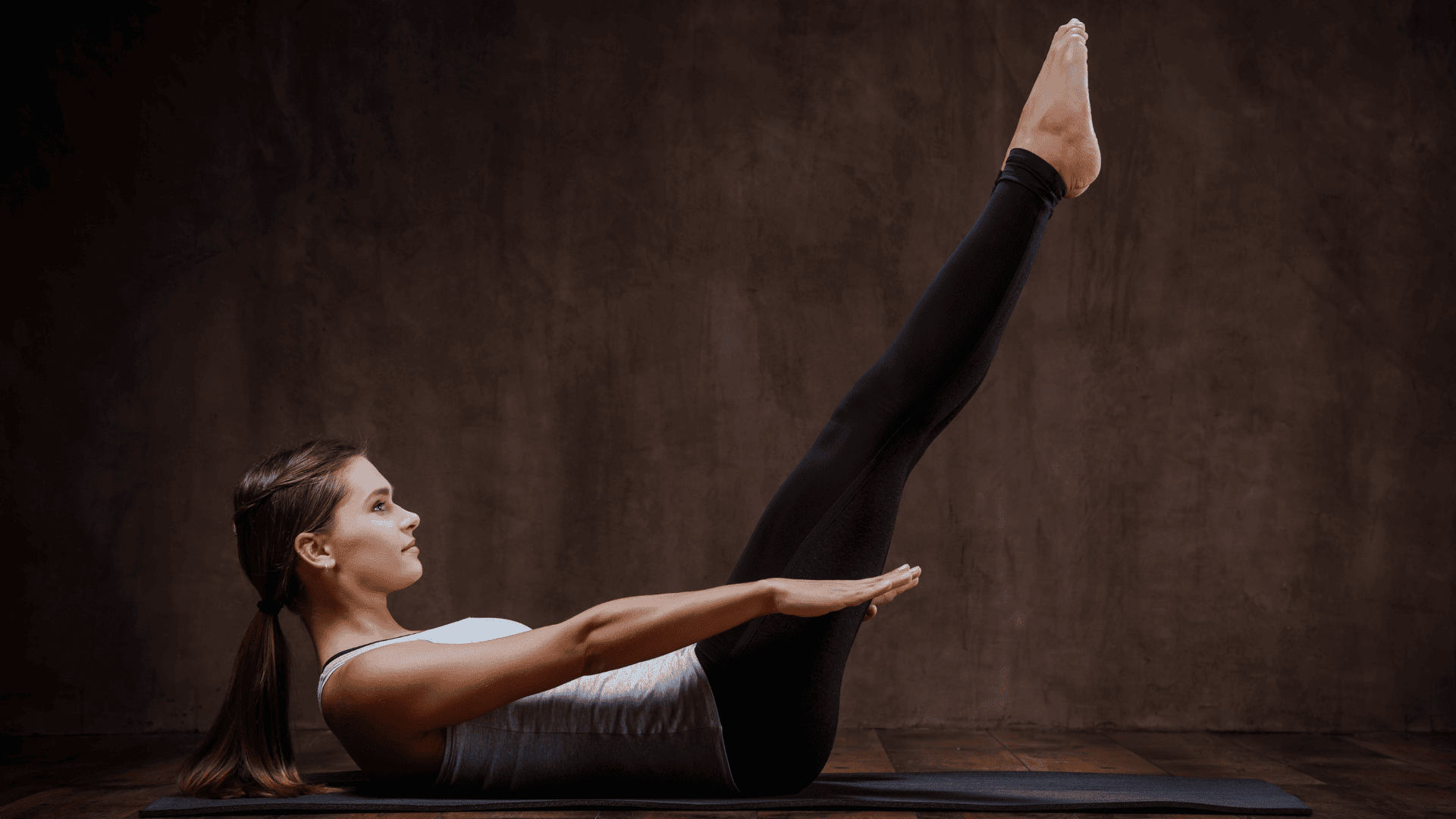
This move is like a wake-up call for your core. Lie on your back, lift your legs a few inches off the floor, and pump your arms up and down by your sides. Breathe in and out in a steady rhythm.
It gets your blood flowing and warms up your abs.
2. Roll-Up
Think of this as a slow-motion sit-up that’s way gentler on your back. Lie flat on your mat, stretch your arms overhead, then slowly roll your spine up, one part at a time, until you’re sitting tall. Reach for your toes, then roll back down the same way.
This move stretches your back and builds strong abs.
3. Leg Circles
For this one, lie on your back and lift one leg straight up. Keep your arms by your sides for balance. Slowly draw small circles in the air with your raised leg.
This tones your hips and thighs while making your hips more flexible. Switch legs after a few circles.
4. Spine Stretch
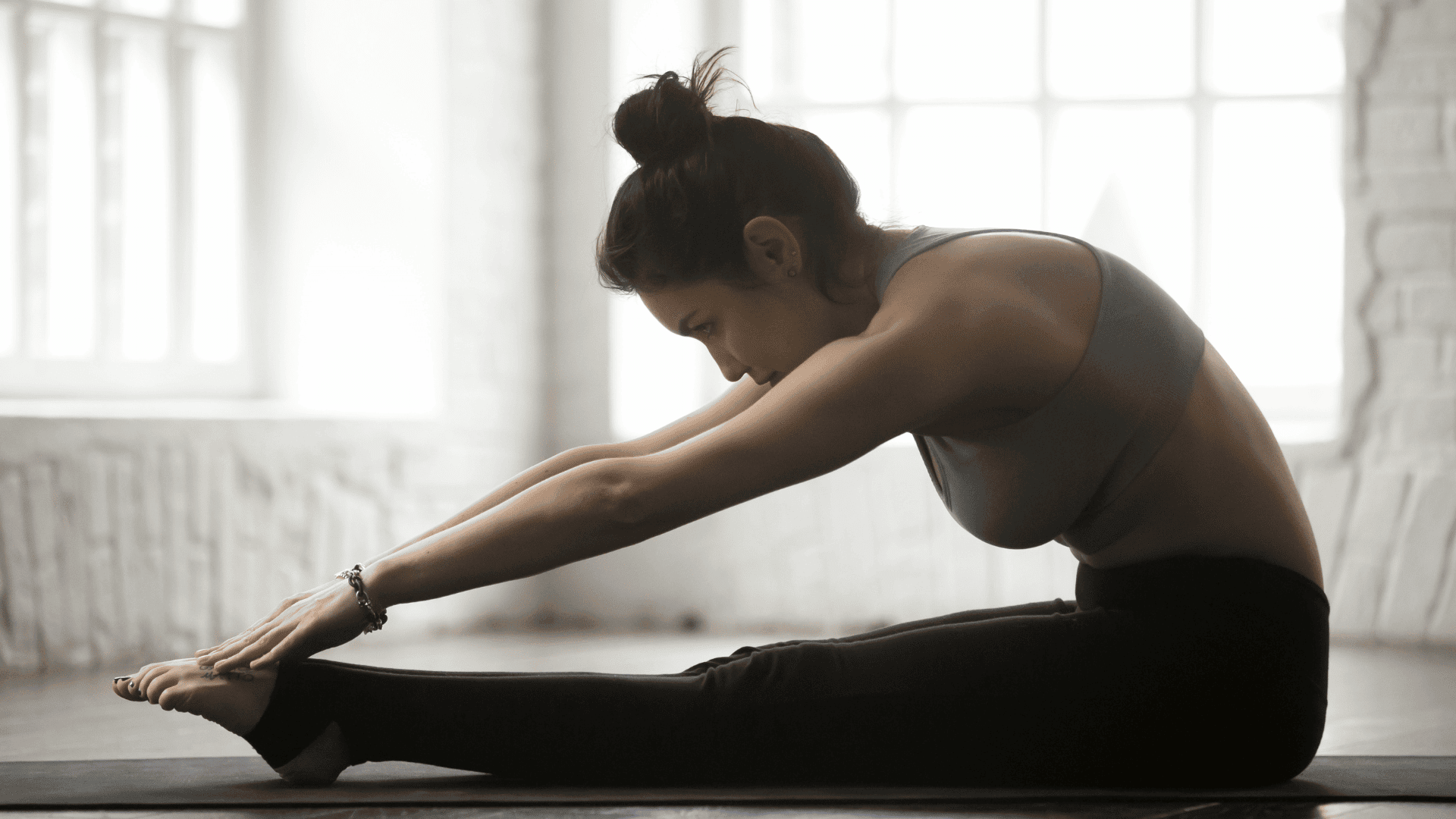
Sit up tall with your legs stretched out in front. Flex your feet and reach your arms forward.
Slowly bend at your hips and reach toward your toes, keeping your back long—not rounded. You’ll feel a nice stretch in your back and the backs of your legs.
5. Side Kick Series
Lie on your side with your body in a straight line. Prop your head up with your hand if you like. Lift your top leg up and down slowly, or move it forward and back.
This move strengthens your hips and tones your outer thighs. Don’t rush, keep it smooth and controlled.
Tip: For all these moves, try to keep your belly pulled in tight and breathe steadily. Start with just a few reps of each, and as you get stronger, you can do more.
Remember, Pilates is all about progress, not perfection!
How to Nail Your Pilates Form and Breathing
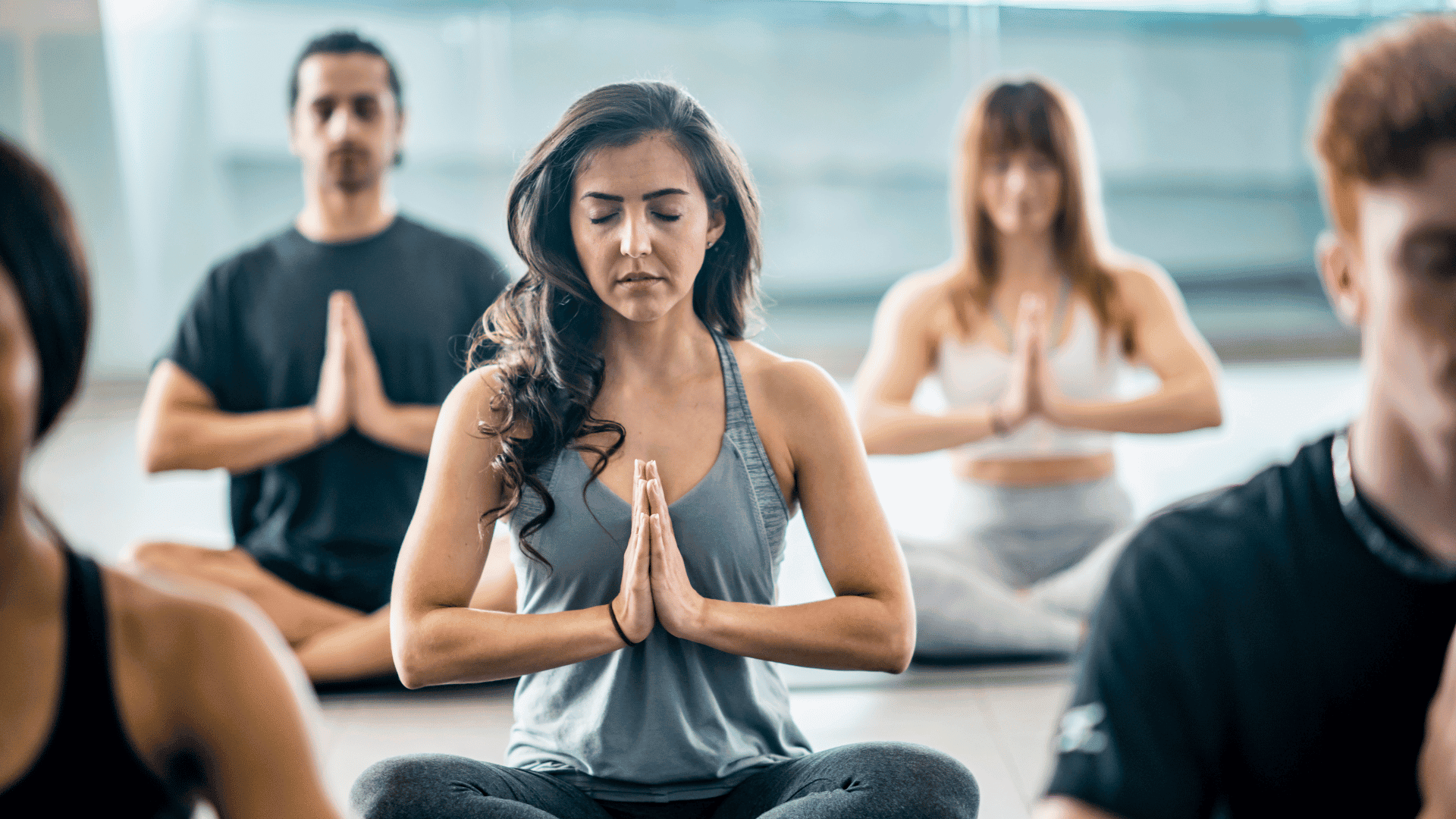
Moving slow and steady is the secret to good Pilates. Focus on keeping your belly pulled in, like you’re trying to zip up tight jeans.
Try to keep your core muscles working through every move. Remember to breathe in through your nose and out through your mouth.
Sync your breath with each part of the exercise, this will help you stay relaxed and make every rep count.
Making Pilates Moves Easier (or Harder!)
If a move feels tricky, it’s totally okay to take it down a notch. Try doing fewer repetitions, holding a position for less time, or adding a pillow for extra support.
The goal is to challenge yourself but not overdo it.
Ready for more? Make things tougher by adding a few extra reps, holding moves a little longer, or slowing down your pace so your muscles really work.
Pilates is all about finding the level that feels right for you so listen to your body and adjust as you go!
How to Build Your First Pilates Routine

If you’re new to Pilates, it’s smart to start slow and build a habit you can stick with. Aim to practice about 2 to 4 times a week.
This gives your body time to rest and grow stronger without feeling overwhelmed.
Each session can last anywhere from 20 to 40 minutes. If you’re tight on time, even 20 minutes of focused Pilates can make a difference.
When you have more time, go for a longer session to stretch and strengthen more deeply.
Here’s a simple weekly plan to get you started:
- Monday: Core and breathing exercises
- Wednesday: Full-body beginner Pilates moves
- Friday: Flexibility and stretching focus
- Optional Sunday: Repeat your favorite moves or try a gentle flow
As you get comfortable, you can safely increase the intensity. Add a few more reps, hold your positions longer, or slow down your movements to challenge your muscles more.
Remember, slow and steady wins the Pilates race.
Time to Start Your Pilates Journey
Starting something new can feel a bit scary or overwhelming, but Pilates makes it easy and fun. It’s one of the best beginner workouts because it’s gentle on your body while helping you build strength, flexibility, and better posture.
Plus, it can help you feel MORE calm and focused, which is a win for both body and mind.
Remember, Pilates isn’t about being perfect or doing everything all at once. It’s about showing up, moving your body, and making small, steady steps toward feeling your best. Even just a few minutes a day can add up to big changes over time.
The key is consistency and kindness to your body and yourself. Celebrate every little win, whether it’s holding a pose longer or just rolling out your mat on a busy day. That’s progress you can be proud of.
So go ahead and start your Pilates journey today. And don’t forget, I’d love to hear how it’s going! If you have questions or want to share your experience, drop a comment or reach out anytime.
Your story might just encourage someone else to begin, too.
Make Starting Pilates Easy
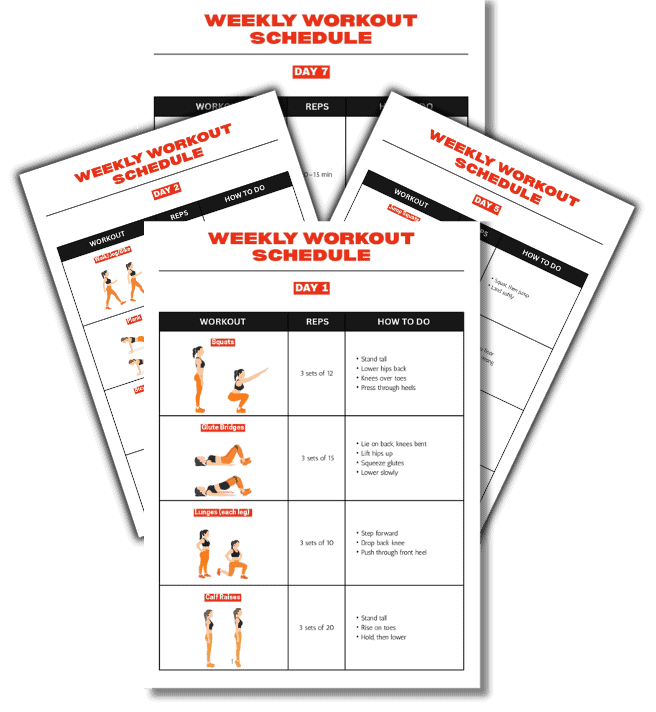
When you’re just getting into Pilates, the hardest part isn’t the exercises, it’s knowing how to stay consistent once the excitement wears off.
That’s where a simple plan can make all the difference.
The Free Weekly Workout Schedule is built to help beginners keep moving without second-guessing what to do next.
Instead of piecing together random workouts, you’ll follow a routine that balances Pilates with other beginner-friendly exercises, making your week feel organized and achievable.
This guide takes the stress out of planning so you can focus on learning the moves, building confidence, and enjoying your progress.
Frequently Asked Questions (FAQ)
1. Do I need to be flexible or fit before starting?
Nope! Pilates is great for all fitness levels. You don’t have to be super flexible or fit to start. It helps you build both over time.
2. What equipment do I need?
All you really need is a mat or a soft surface. No fancy gear required. Optional props like resistance bands or small balls can spice things up but aren’t necessary.
3. Is Pilates good for weight loss or muscle toning?
Pilates is excellent for toning muscles and improving posture. While it’s not a fast fat-burner like cardio, it helps shape your body and build lean muscle.
4. How soon will I see results?
Many people notice improvements in strength and flexibility within a few weeks. Consistency is key, so keep moving even if it’s just a little each day.
5. Can Pilates help with injuries or pain?
Yes, Pilates can be gentle on your body and help with pain relief. However, check with your doctor first, and modify exercises as needed to stay safe.
